- sort orderDefault
Photo title, A → Z
Photo title, Z → A
✔ Date created, new → old
Date created, old → new
Date posted, new → old
Date posted, old → new
Visits, high → low
Random - Google Map
- map
 home / Insecta · vabzdžiai / Coleoptera · vabalai / Cerambycidae · ūsuočiai
home / Insecta · vabzdžiai / Coleoptera · vabalai / Cerambycidae · ūsuočiai

-
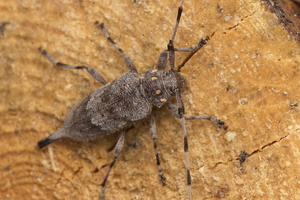 Acanthocinus aedilis · ilgaūsis pušiagraužis
Acanthocinus aedilis · ilgaūsis pušiagraužis
-
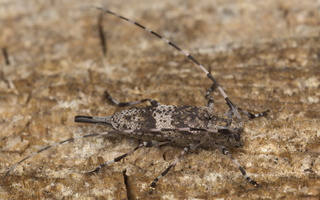 Acanthocinus griseus · mažasis pušiagraužis
Acanthocinus griseus · mažasis pušiagraužis
-
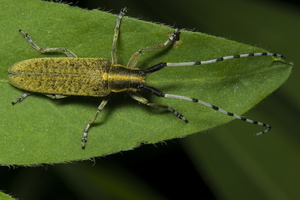 Agapanthia villosoviridescens · žalsvasis stagarinukas
Agapanthia villosoviridescens · žalsvasis stagarinukas
-
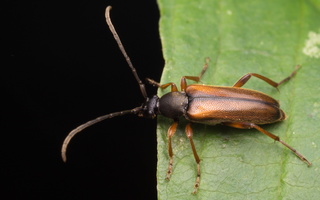 Alosterna tabacicolor · rusvasis šakalindis
Alosterna tabacicolor · rusvasis šakalindis
-
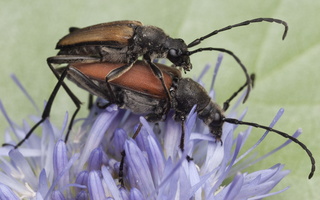 Anastrangalia dubia reyi · taiginis žieduolis
Anastrangalia dubia reyi · taiginis žieduolis
-
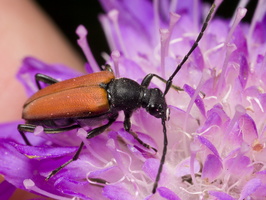 Anastrangalia sanguinolenta · purpurinis žieduolis
Anastrangalia sanguinolenta · purpurinis žieduolis
-
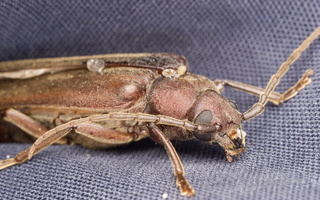 Arhopalus rusticus · rudasis gaisrasekis
Arhopalus rusticus · rudasis gaisrasekis
-
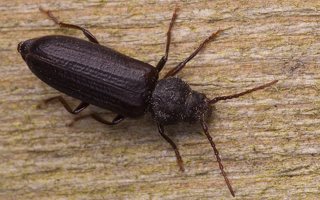 Asemum striatum · juodasis kelmalindis
Asemum striatum · juodasis kelmalindis
-
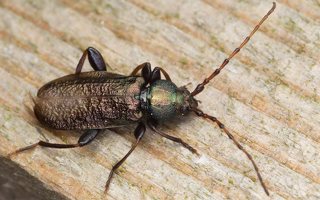 Callidium aeneum · žaliasis žievėplėšis
Callidium aeneum · žaliasis žievėplėšis
-
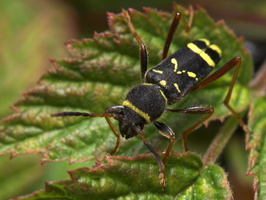 Clytus arietis · drebulinis raštenis
Clytus arietis · drebulinis raštenis
-
 Cortodera femorata · pušinis skujagraužis
Cortodera femorata · pušinis skujagraužis
-
 Dinoptera collaris · ąžuolinis žievininkas
Dinoptera collaris · ąžuolinis žievininkas
-
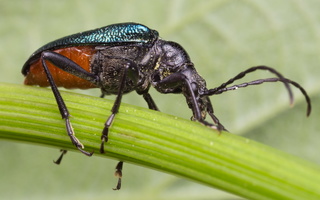 Gaurotes virginea · raudonpilvis eglėlindis
Gaurotes virginea · raudonpilvis eglėlindis
-
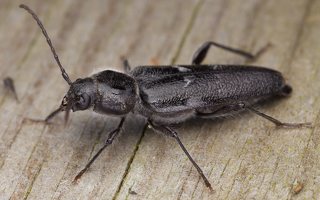 Hylotrupes bajulus · paprastasis trobininkas
Hylotrupes bajulus · paprastasis trobininkas
-
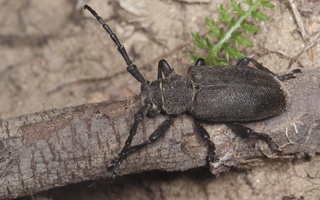 Lamia textor · gluosninis niūrūnas
Lamia textor · gluosninis niūrūnas
-
 Leiopus nebulosus agg. · juostuotasis margūnas
Leiopus nebulosus agg. · juostuotasis margūnas
-
 Leptura aethiops · juodasis grakštenis
Leptura aethiops · juodasis grakštenis
-
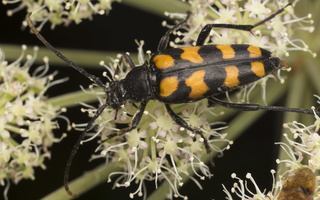 Leptura quadrifasciata · keturjuostis grakštenis
Leptura quadrifasciata · keturjuostis grakštenis
-
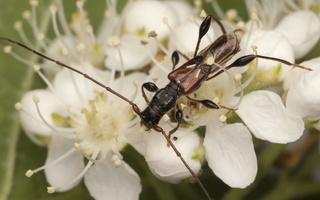 Molorchus minor · eglinis laibūnas
Molorchus minor · eglinis laibūnas
-
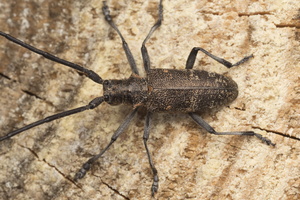 Monochamus galloprovincialis · pušinis ožiaragis
Monochamus galloprovincialis · pušinis ožiaragis
-
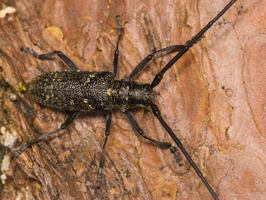 Monochamus sutor · mažasis ožiaragis
Monochamus sutor · mažasis ožiaragis
-
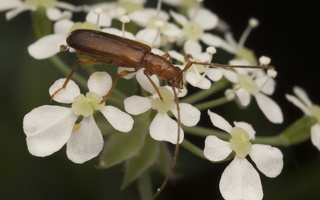 Obrium brunneum · eglinis rusvūnas
Obrium brunneum · eglinis rusvūnas
-
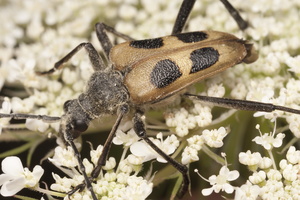 Pachyta quadrimaculata · keturdėmis šakniagręžis
Pachyta quadrimaculata · keturdėmis šakniagręžis
-
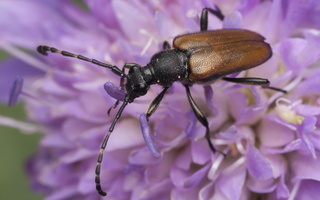 Paracorymbia maculicornis · dėmėtaūsis žieduolis
Paracorymbia maculicornis · dėmėtaūsis žieduolis
-
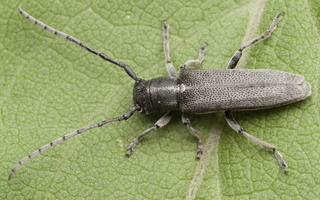 Phytoecia nigricornis · juodaūsis stiebalindis
Phytoecia nigricornis · juodaūsis stiebalindis
-
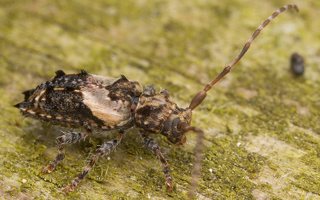 Pogonocherus hispidus · dygliasparnis žabinukas
Pogonocherus hispidus · dygliasparnis žabinukas
-
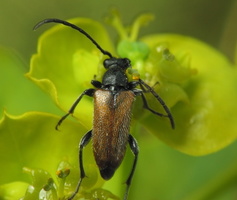 Pseudovadonia livida · mažūninis grybsekis
Pseudovadonia livida · mažūninis grybsekis
-
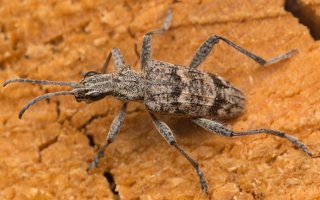 Rhagium inquisitor · briaunotasis ragijus
Rhagium inquisitor · briaunotasis ragijus
-
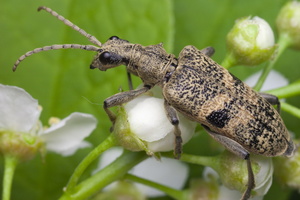 Rhagium mordax · dygusis ragijus
Rhagium mordax · dygusis ragijus
-
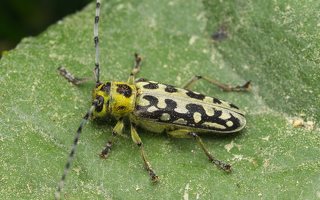 Saperda scalaris · raštuotasis drebulenis
Saperda scalaris · raštuotasis drebulenis
-
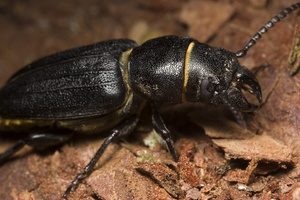 Spondylis buprestoides · trumpaūsis medkirtis
Spondylis buprestoides · trumpaūsis medkirtis
-
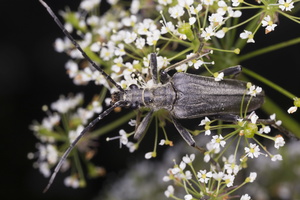 Stenocorus meridianus · neporinis šaknialindis
Stenocorus meridianus · neporinis šaknialindis
-
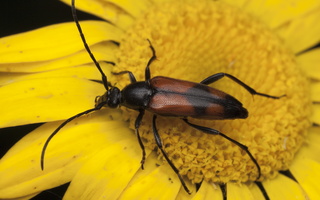 Stenurella bifasciata · dvijuostis grakštenis
Stenurella bifasciata · dvijuostis grakštenis
-
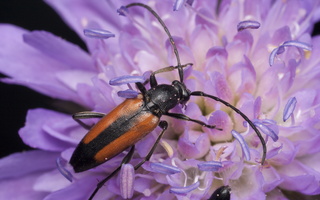 Stenurella melanura · juodasiūlis grakštenis
Stenurella melanura · juodasiūlis grakštenis
-
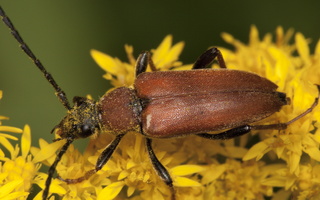 Stictoleptura rubra · raudonasis žieduolis
Stictoleptura rubra · raudonasis žieduolis
-
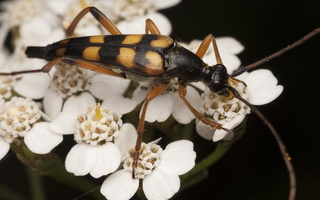 Strangalia attenuata · keturjuostė strangalija
Strangalia attenuata · keturjuostė strangalija
-
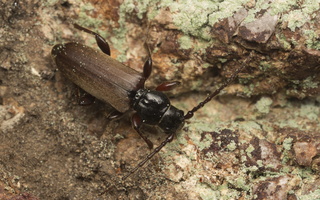 Tetropium castaneum · eglinis luobatašis
Tetropium castaneum · eglinis luobatašis
-
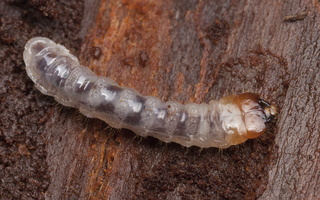 ~ Cerambycidae larvae · ūsuočių lervos
~ Cerambycidae larvae · ūsuočių lervos
-
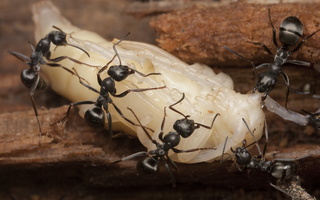 Cerambycidae pupa · ūsuočio lėliukė
Cerambycidae pupa · ūsuočio lėliukė
-
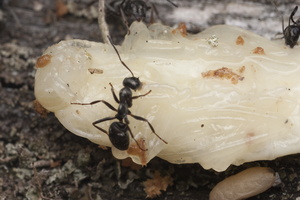 Cerambycidae pupa · ūsuočio lėliukė
Cerambycidae pupa · ūsuočio lėliukė
- longhorn beetles, long-horned beetles, longicorns
- Bockkäfer
- ūsuočiai
- koksngraužu dzimta
- kózkowate